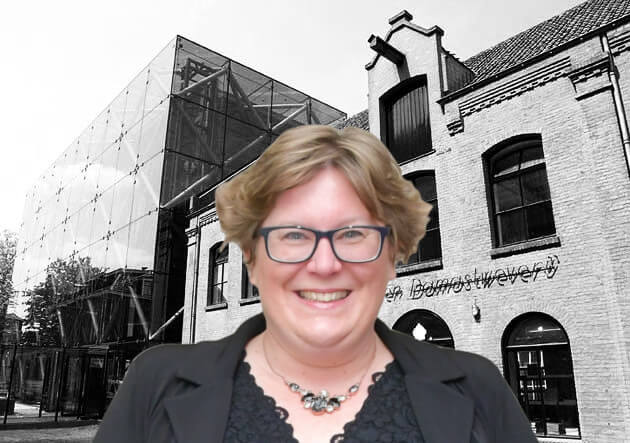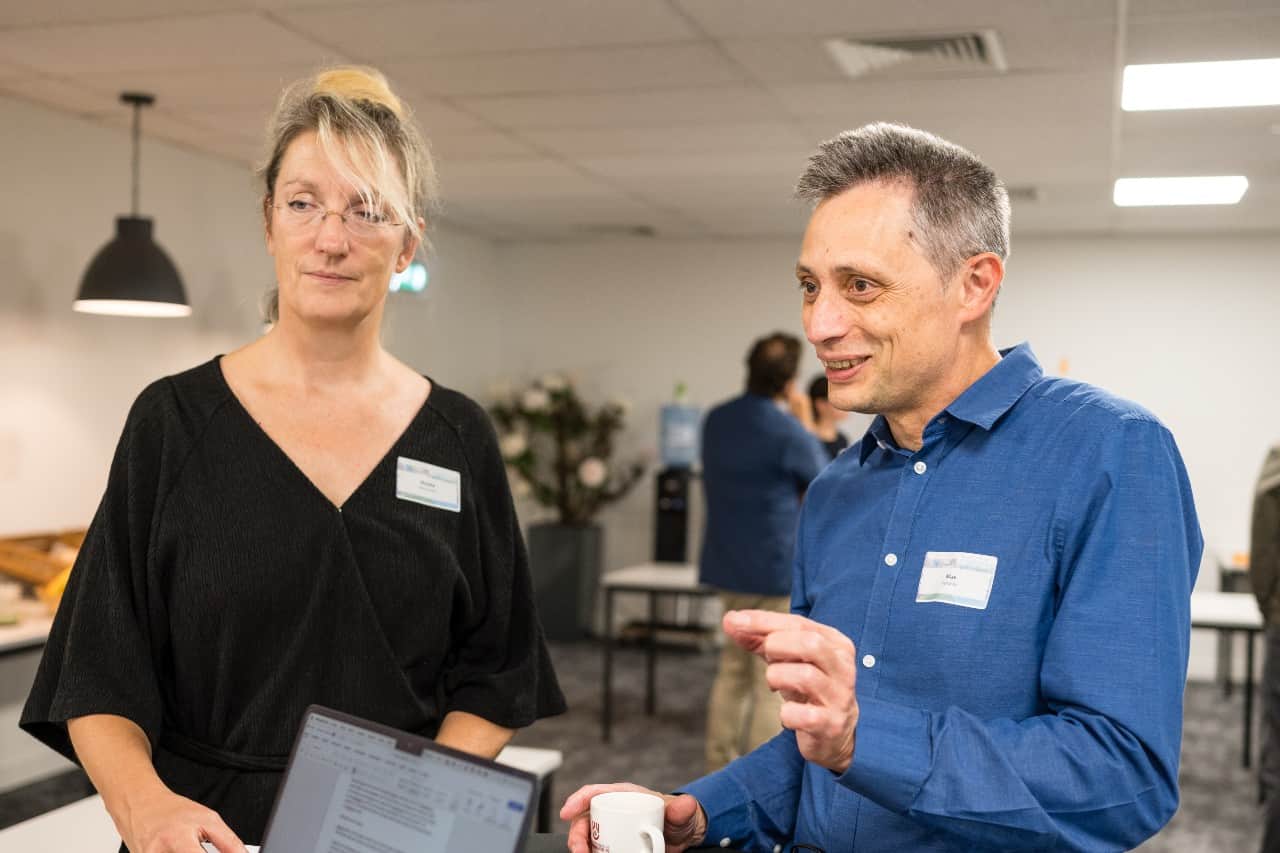
“There is a mismatch between what science knows and what business does,” asserts Dan Pink in his TED-talk ‘The puzzle of motivation’. He is absolutely right. ‘Evidence-based practice’ sounds incredibly wonderful, but is by no means easy to find in day-to-day practice. And that’s why we frequently see reward schemes in industry. Despite the fact that scientists know that these tend to worsen rather than improve employee performance. We also see in psychological and coaching circles that treatment methods are often used that lack a robust scientific basis. And we see marketeers clinging to ‘the ultimate question‘ even though scientists know that this does not exist.
The ultimate question
This ultimate question is an interesting one to delve into. I am sure you that you have seen that question before: “How likely is it that you would recommend our company to a friend or colleague?” The question was introduced in 2003 by Frederick Reichheld in the Harvard Business Review as the ultimate tool for measuring customer loyalty in relation to sales growth. The idea is that, based on an outcome on a scale from 0 to 10, you are able to distill three profiles: ‘promoters‘ (9-10), ‘passives‘ (7-8), and ‘detractors‘ (0-6). You can subsequently calculate the Net Promoter Score (NPS) by subtracting the percentage of promoters from the percentage of detractors. The higher the NPS, the better.
But as it turns out, the ultimate question is not so ultimate after all. Other measuring tools appear to have a much better predictive value. This is why ‘the ultimate question’ has a huge validity problem. But what does it really measure? What does ‘passive’ actually mean? Could someone recommend an organization to one person and, at the same time, advise against it to someone else? Are there differences in interpretation in the scores 0-10 based on personality or cultural background? E.g. in the Netherlands, a six is satisfactory, but according to this scale, it is seen as unsatisfactory.
Why is there such a huge gap between answers to ‘the ultimate question’ and actual behavior? These are questions that the ultimate question is incapable of answering. Therefore, it is not so strange that scientists vociferously criticize that ultimate question. All the while, however, the question is still being widely used in consumer research practice. Staggering.
Three explanations
How do we make sure that we do not put the wrong things into practice? How can we narrow the gap between science and practice? An important step is to first find out how the “mismatch between what science knows and business does” is created. The Academy of Management Journal offers three different explanations for this.
First off, there is a transfer problem. Not enough knowledge is passed on effectively from science into practice. Scientific knowledge is often written down in draconian documents that are locked up behind a meters-high payment wall. Luckily, you can see tremendous improvements in this area thanks to the emphasis on Open Access publishing. As well as the fact that pages that list practical consequences have since been added to scientific papers. Platforms such as TED also make major contributions to knowledge transfer. Nevertheless, it is pretty evident that we are still a long way off.
A second explanation is that although scientists generate knowledge, that might not be the knowledge that the practical world is crying out for. Again, improvements can be seen here because scientists are increasingly dependent on external parties for their funding. But it is certainly plausible that there is a group of scientists who can still be found holed up in an ivory tower.
A third explanation has to do with how there is simply not enough cooperation between science and practice. That cooperation also tends to be rather tricky. Scientists and field practitioners often do not speak the same language and the time factor for both sometimes plays an opposing role: the practical world wants fast and decisive action while science wants to be thorough and reliable.
Science and practice
This co-creation between science and practice is where it all begins. Fortunately, more and more practice-oriented forms of research are appearing these days which can help shape this co-creation, such as Action Research or Design Science Research. Unfortunately, these practice-based forms of research are still not taught enough at universities and higher education institutes. This means that scientists and practitioners of the future (today’s students) do not necessarily have these forms of co-creation in their toolbox by default.
If we teach the students of today practice-oriented research, teach them how research projects can be a co-creation between practice and science and teach them how to find their way to popular platforms where scientific knowledge is circulated in an accessible way, then there is definitely hope for the future.
Grey and shadowy area
But the gap is impossible to close all the way, nor does science know everything either. And there’s the rub, that’s where the grey and shadowy area is formed. In recent years, we have seen scientists carry out research that has been commissioned in its entirety by public and private practices. This has led us to question the objectivity of such research.
And now, at the time of COVID-19, we see politicians hiding behind science when it suits them and opposing science when it does not suit them. Or we see scientists giving advice where the question can be raised as to whether that advice is based on science or on their own personal opinions. Maybe it is sometimes a good thing that there is a gap between science and practice? Perhaps we should not try to bridge every gap after all.
About this column
In a weekly column, alternately written by Hans Helsloot, Eveline van Zeeland, Jan Wouters, Katleen Gabriels, Mary Fiers, Peter de Kock, Tessie Hartjes and Auke Hoekstra, Innovation Origins tries to find out what the future will look like. These columnists, occasionally supplemented with guest bloggers, are all working in their own way on solutions for the problems of our time. So tomorrow will be good. Here are all the previous IO articles in this series.








